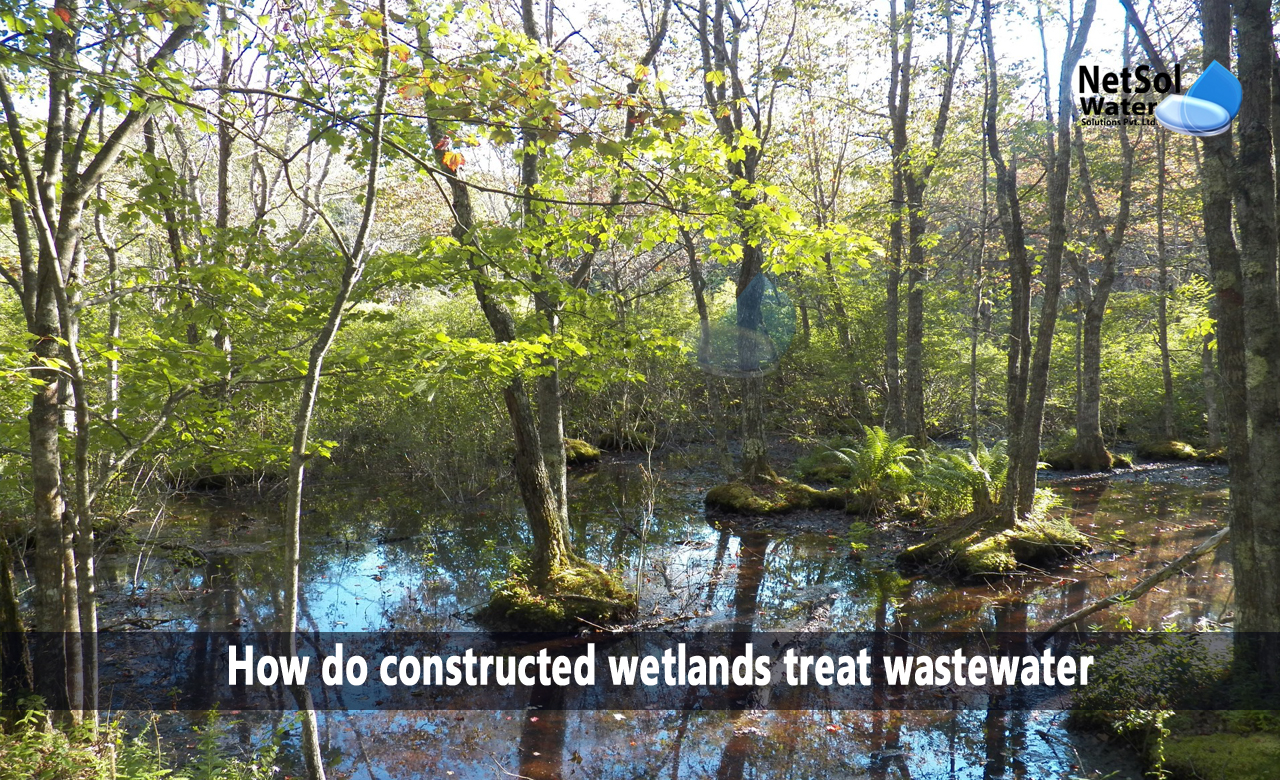Constructed wetlands use extremely effective and environmentally responsible design concepts, to cleanse wastewater, turning it into gardens and reused water by utilizing plants, bacteria, sunlight, and gravity.
How do constructed wetlands treat wastewater?
Even though the system doesn't often employ chemicals or technology other than pumps, to defy gravity and transfer wastewater to the CW unit, the multiplicity of natural mechanisms that perform water recycling and purification, make the constructed wetlands incredibly successful.
Objectives of wastewater treatment in constructed wetlands
Although, the operation and treatment objectives of constructed wetland projects may vary, all depend on the organic process.
In an effort to identify the most suitable design, building, and operation requirements for subsequent usage in a full-scale wetlands, wastewater is treated and various configurations of the natural process are being tried.
Constructed wetlands are capable of processing primary processed wastewater, as well as effluent with significantly poorer quality. Physical separation often constitutes the entirety of primary treated wastewater treatment. Solids settle out following filtration, which removes floating materials.
Common mechanisms of constructed wetland
1. The bioremediation and denitrification processes, filtration, chemically precipitation, change the water that comes into contact with the substrate.
2. On the surface of the sediment, substrate, and plant, the water then proceeds through ion exchange and adsorption.
3. Pollutants are broken down and transformed by microorganisms and plants.
4. The bacteria eat the nutrients.
5. The pathogens' natural death and predation.
3 phase constructed-wetlands
A three-phase constructed wetland system treats wastewater, travelling through emergent and open-water regions, from a marsh to a deep pool and back again.
1: For initial treatment, wastewater first enters a shallow marsh's emergent zone. Cattails, reeds, and bulrushes can be found in the shallow sections, which range in depth from 0.5 to 1.5 feet. The emergent marsh areas are consistently planted with bulrushes, to provide the finest habitat for waterfowl.
2: The deeper, open-water pool, which is between 3 and 4.5 feet deep, is then filled with water. Wastewater becomes remixed when it flows from shallow water to deep water and back again. This makes it more likely that water will come into contact with surfaces, like the pool's bottom or the submerged parts of the plants. Thus, more treatment is provided. Additionally, the deep pools ensure more treatment time, by slowing the flow of water before it enters the next flow path.
3: Wastewater then reaches the second marsh from the deep pools. Here, bulrushes filter and treat waste materials produced by the deep pool's algae growth and waterfowl.
What do we offer?
Constructed wetlands in wastewater treatment may be the greatest option for your industry to treat wastewater! Each system is customized by Netsol Water to meet the requirements of the customer.
The first step is to determine how much water you need and how good your water is. To assist you with this process, we provide a free water analysis test.
For further information or to make a purchase, please contact us at +91-9650608473 or enquiry@netsolwater.com



